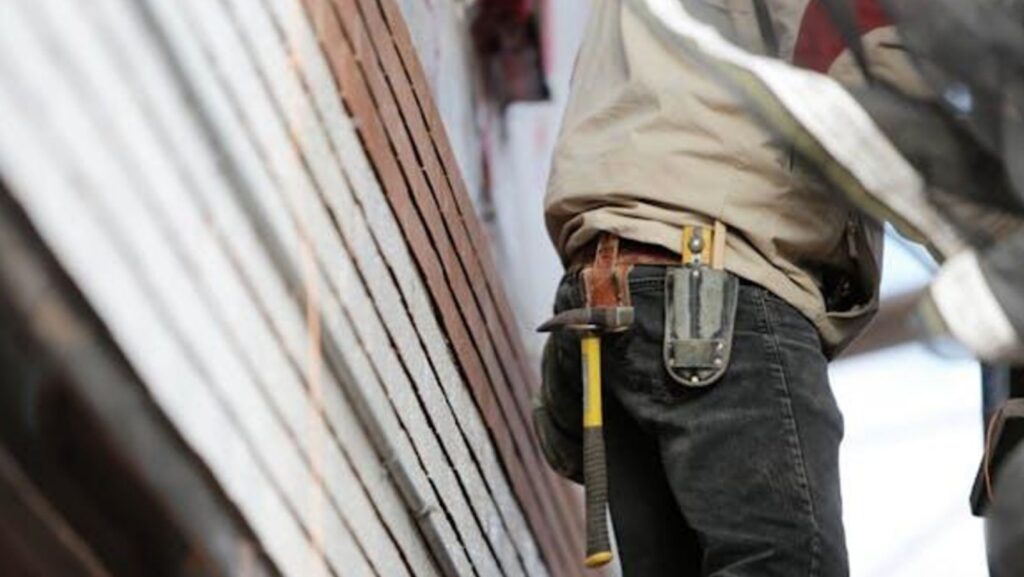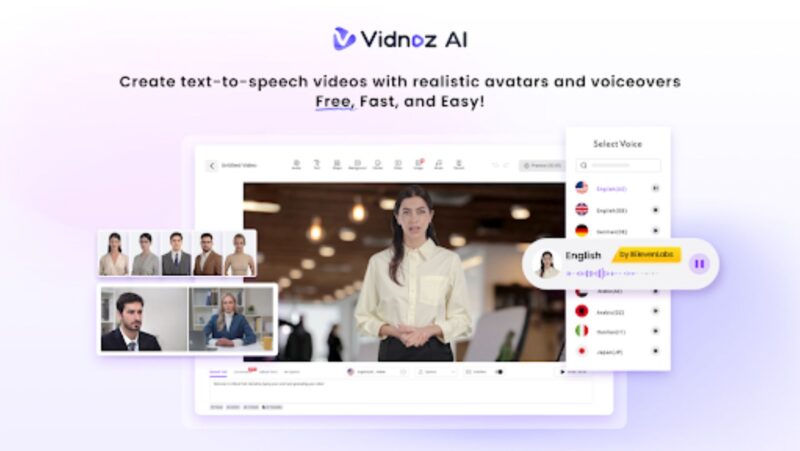
Construction field coordination is pivotal in ensuring that projects are completed on time and within budget. Reality capture technology is a game-changer in this context, significantly enhancing the efficiency and effectiveness of construction processes. This article aims to delve into how reality capture impacts construction efficiency. Specifically, we will explore three main areas: improving accuracy and reducing errors, enhancing communication and collaboration, and streamlining project management and decision-making.
Improving Accuracy and Reducing Errors
One of the most significant impacts of reality capture on construction efficiency is its ability to improve accuracy and reduce errors. Traditional methods of measurement and documentation can be prone to human error and inaccuracies, leading to costly mistakes and rework. Reality capture technology, which includes 3D laser scanning and photogrammetry, provides highly accurate and detailed models of construction sites.
These precise models ensure that all measurements and spatial relationships are captured accurately, reducing the likelihood of errors during construction. For contractors, this means fewer discrepancies between the design and the actual build, resulting in fewer change orders and less rework. By minimizing these risks, reality capture helps contractors stay on schedule and within budget, leading to more successful project outcomes.
Enhancing Communication and Collaboration
Effective communication and collaboration are crucial for the success of any construction project. Reality capture technology plays a significant role in enhancing these aspects by providing real-time, accurate data that all stakeholders can access. This transparency ensures that everyone involved in the project is on the same page, reducing the potential for misunderstandings and miscommunications.
For example, regular updates from reality capture can provide a clear and accurate picture of the project’s progress, allowing project managers to make informed decisions and adjustments as needed. This continuous monitoring helps identify potential issues early, allowing for timely interventions that can prevent delays and additional costs. Furthermore, the ability to share accurate visual data with clients, architects, and other stakeholders fosters a collaborative environment, enhancing overall project coordination and efficiency.
Streamlining Project Management and Decision-Making
Reality capture technology also streamlines project management and decision-making processes. By providing detailed and accurate site records at various stages of construction, reality capture enables contractors to ensure that the work meets the required standards and specifications.
For instance, reality capture can be used to verify that concrete pours meet the specified dimensions and tolerances, reducing the risk of structural defects. It can also help in monitoring the installation of critical components, such as electrical and plumbing systems, ensuring that they are correctly positioned and installed according to the design plans. This level of scrutiny can prevent costly rework and ensure that the final construction meets the highest quality standards.
Facilitating Proactive Issue Identification
Another critical advantage of reality capture technology is its ability to facilitate proactive issue identification. Construction projects are complex and involve numerous moving parts, making it easy for potential issues to go unnoticed until they become significant problems. Reality capture provides a detailed and accurate representation of the construction site, allowing for early detection of discrepancies and potential issues.
Proactive issue identification also extends to quality control. Reality capture can be used to verify that each phase of the construction meets the required standards and specifications. This ongoing verification helps ensure that the construction is progressing as planned and that any deviations are addressed promptly, maintaining the overall quality and integrity of the project.
Supporting Regulatory Compliance
Compliance with regulations and standards is a critical aspect of any construction project. Failure to comply can result in penalties, project delays, and even legal issues. Reality capture technology supports regulatory compliance by providing accurate and verifiable documentation of the construction process.
By capturing detailed records of the site at various stages, reality capture ensures that all work is performed according to the relevant codes and standards. This documentation can be presented to regulatory authorities as evidence of compliance, helping to avoid potential fines and project delays. Additionally, reality capture can streamline the inspection process by providing inspectors with precise data, reducing the time and effort required for on-site inspections.
Increasing Efficiency Through Automation
Reality capture technology also contributes to construction efficiency by enabling greater automation in various processes. Automation reduces the reliance on manual labor, which can be time-consuming and prone to errors. For example, automated reality capture tools can perform regular site scans without the need for manual intervention, ensuring continuous and accurate data collection.
Incorporating automation through reality capture can streamline various aspects of construction management, from initial site surveys to ongoing progress monitoring and final inspections. By reducing manual tasks and increasing the accuracy of data, reality capture allows contractors to focus on more strategic aspects of project management, ultimately enhancing overall efficiency and project outcomes.
Conclusion
Reality capture technology is a powerful tool that significantly enhances construction efficiency. By improving accuracy and reducing errors, enhancing communication and collaboration, and streamlining project management and decision-making, reality capture provides numerous benefits that lead to safer and more efficient construction projects. As the construction industry continues to embrace digital transformation, the adoption of reality capture will likely become increasingly prevalent, helping contractors navigate the complexities of their projects with greater confidence and success.












